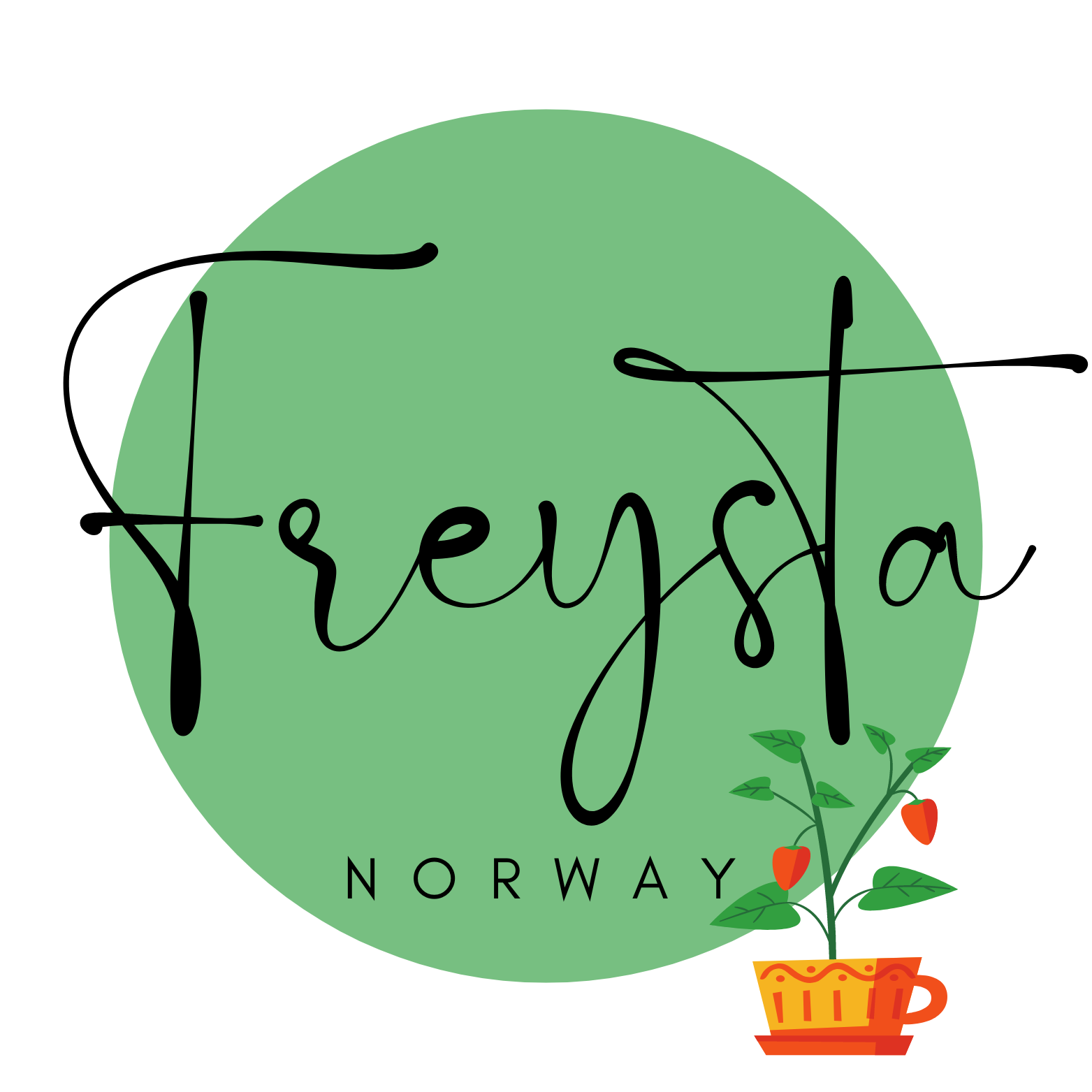

Moving to Norway
Your Complete Guide to
Why, Who, and How
Everything You Need to Know About Moving to Norway
If you're dreaming about living closer to nature, finding a safer place for your family, or simply seeking a new adventure, this guide is your complete resource for moving to Norway.
Here, you'll find practical advice about why you should move to a Norwegian village, who can move, and how the process works.
Freysta offers an overview to help you plan your next steps.
Every move is different, and it's natural to have many questions along the way.
Whether you're considering a vibrant town or a peaceful village, our Moving Guide provides practical tips and helpful information.
From finding the right place to understanding immigration rules, Freysta makes your dream relocation easier.
FAQ
Yes, but speaking the language will help you integrate and find work more easily. There are also great ways to learn Norwegian for free through public resources and online tools.
Expect a quiet, nature-focused lifestyle with close-knit communities. You’ll find strong local traditions, beautiful surroundings, and a slower pace of life than in cities.
Yes, especially if you're staying long-term. Employers typically require it for salary payments, and having a local account makes it easier to pay rent, bills, and shop online.
Most homes are listed on finn.no, but many villages also advertise properties locally. If you're curious about rural housing, check out how one young man bought a home at 21 in the Norwegian countryside.
Yes. There are no legal restrictions on foreigners buying property in Norway, and the process is usually transparent and secure.
In most cases it's not required, but having your qualifications recognized can strengthen your job applications. Here’s how the approval process works.
Norwegian schools emphasize inclusion, outdoor play, and independent thinking. If you're curious about lunchboxes, school values, or digital tools, this guide to the Norwegian school system covers the essentials.
Absolutely. With safe environments, strong parental support, and generous benefits, Norway ranks high for family life.
Yes – for a limited time, depending on your country. After that, you may need to exchange it or take a driving test. Here are the official rules.
Not always. Many villages have public transport options, but a car is useful in more remote areas.
Yes, but you must follow import rules related to vaccinations, identification, and quarantine depending on the country of origin.
Dugnad is a uniquely Norwegian tradition of volunteering together as a community — often for cleaning, maintenance, or social events.
Absolutely — hiking, foraging, skiing, fishing, kayaking, and even wakesurfing. If you’re curious about unique experiences, check out wakesurfing in a mountain village.
Yes, with the right knowledge. Norway’s forests offer delicious options like chanterelles and blueberries — but it’s important to know what to avoid. This guide to five safe mushrooms is a good place to start, and this article on poisonous plants can help you stay safe.
Norway has a well-functioning public healthcare system, even in smaller communities. Most villages have access to general practitioners, and emergency services are available regionally. Residents usually pay only a small fee per visit, with most costs covered by the national insurance scheme.
Didn't find the answer you were looking for?
We’d love to hear from you! Use the form below to ask a general question about what it’s like to move to and live in a rural area in Norway.
If your question might be helpful to others too, we may include it in our FAQ section.